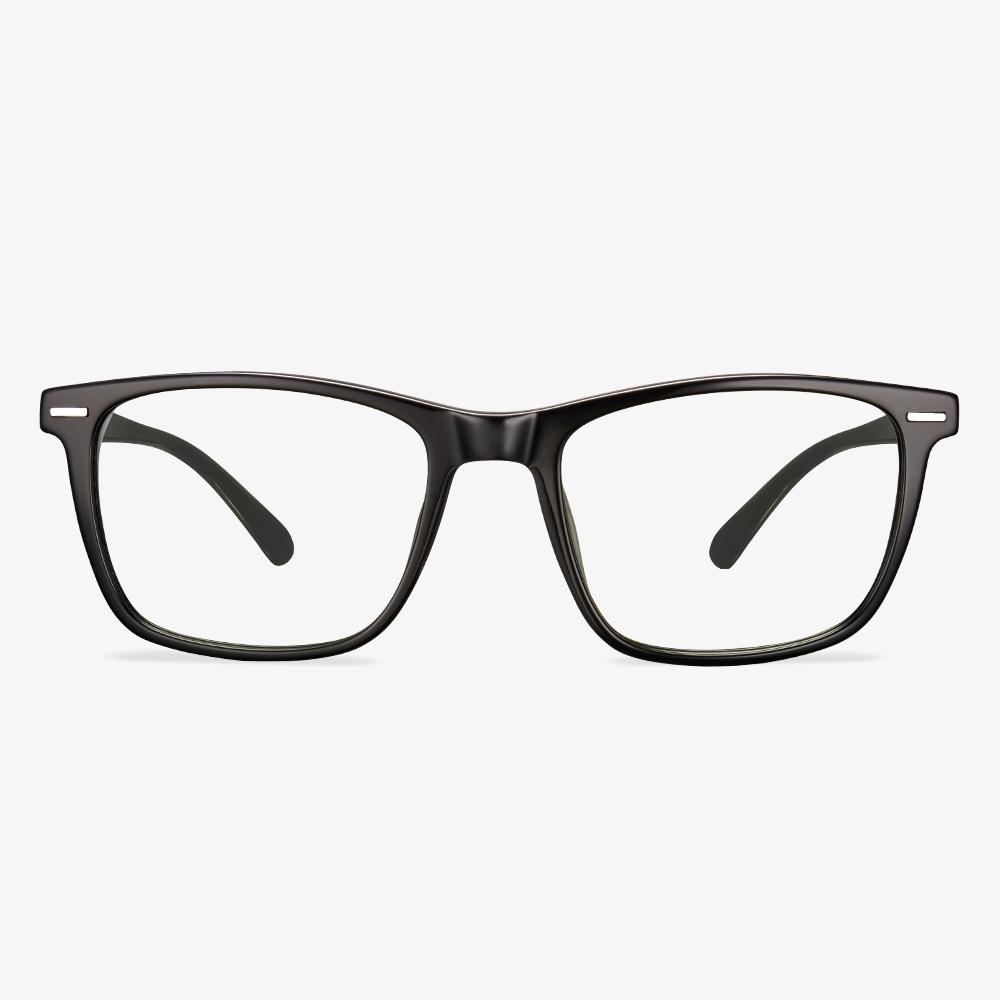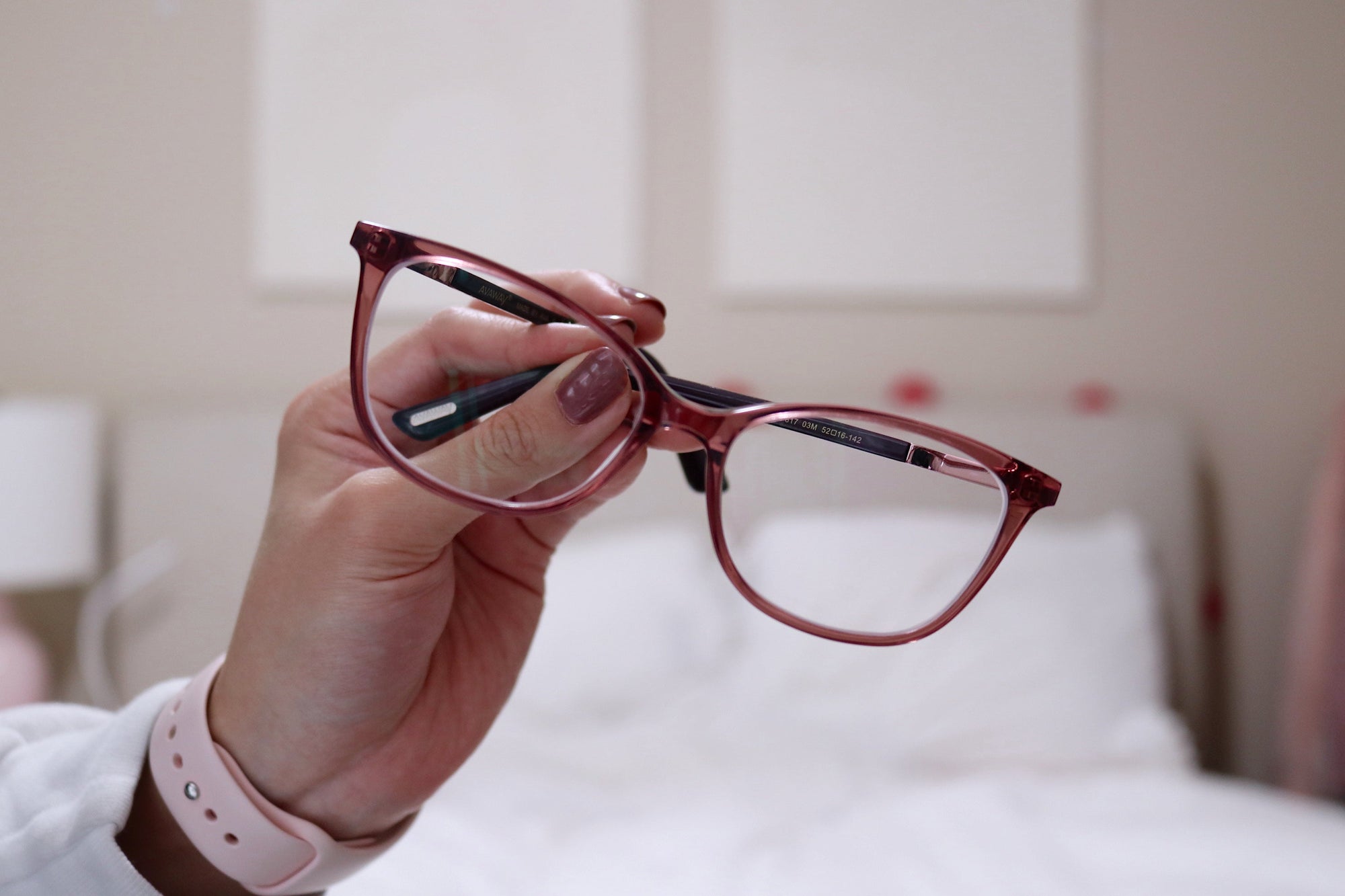Are progressive lenses good for driving?
Progressive lenses can help you see close, far, and anywhere in between. That means progressive lenses are good for driving. So you don't have to change your glasses on the way. With progressive lenses, you can easily see all distances. Standard lenses are more affordable than premium lenses, but premium lenses offer a wider field of view and are ideal for drivers.
The price of prescription glasses
You need a current (unexpired) prescription to order glasses online. You will enter your prescription and select the available lens options during checkout. Prescription glasses start at about $40. Single vision lenses are free when you buy the frames, and progressive wireless lenses typically cost an extra $80 or so. Other lens options include clear lenses with no extra charge, basic tone lenses (for sun protection) with the price of $40,polarized-tone lenses (for protection and glare reduction)with the price of $50, and transition lenses (for indoor and outdoor use) with the price from $65.
1.67 vs 1.74 High Index Lenses: What Are Their Differences?
In this section, we will show you the differences between 1.67 high index lenses and 1.74 high indexes.
- 74 high index lenses are thinner and lighter than 1.67 high index lenses.
- 74 high index lenses are expensive than the 1.67 high index lenses.
- Both 1.67 and 1.74 high index lenses can reduce the eye distortion caused by strong prescriptions, 1.74 high index lenses perform better than the 1.67 high index lenses.
- As for the color of lens, both come in clear, gray-tinted and brown-tinted, but only 1.67 high index lenses come in Transition brown or gray.
- 74 high index lenses are better for those looking for the thinnest lens possible. So, patients with extremely strong prescriptions chooses this.
- 67 high index lenses are better for those looking to save money or those who do not have extremely high prescriptions. They are also the only choice if you are looking to get Transitions.
From the above information, you can find the main differences between these two lenses are price, thickness, weight, color options and general appearance. Most people who choose 1.67 high index lenses generally either do not have an extremely high prescription or are shopping on a budget. 1.74 high index lenses, on the other hand, are the thinnest and lightest plastic lenses currently in existence.
Why do you need night-driving glasses?
Aging causes our pupils to become progressively smaller, so they don't dilate as quickly. A smaller pupil means less light reaches your retina, which makes it harder to see at night. The weak artificial light, and the fact that we can't see beyond these sources in the dark, exacerbate the dangers of night driving. For people wearing prescription glasses, the risk of driving at night is much greater. Driving can be stressful, especially if you have poor eyesight. This is especially true at night. If you have poor vision and drive at night, you're vulnerable to a number of potential hazards, and we're talking about prescription glasses for night driving. These glasses can play a big role in making you safer and more comfortable. They can even save your life. This is especially important as night vision decreases with age. When you drive at night, choosing the best prescription glasses for night driving can make your life easier.
Evolution of photochromic lenses
Thirty years after Corning invented color-changing glass lenses, another company has carried forward the color-changing glass lenses --Transitions Optical. In 1991, it became the first company to commercially manufacture resin color-changing lenses. Since its inception, the company has been a joint venture between PPG Industries (51%) and Essilor (49%). In April 2014, Essilor acquired a 51% stake in PPG. At present, the mainstream is resin photochromic lenses.
How long does it take to get used to progressive lenses?
Because the adjustment of each eye is different, so there will be some differences in the adaptation period. It usually takes about two weeks to get used to it. Probably many young people are familiar with this kind of lens, so they adapt to them for only a week or so and can restore the normal visual effect. If it's been two weeks and you still feel that you can't see clearly, or you have the feeling of nausea, etc., then you need to test and adjust. You need to go to the hospital to see the specific case, to find out whether it is a quality problem of the sunglasses, or there are some artificial reasons. If there is a problem, we should also replace the lenses in time, otherwise, it may lead to the problem of visual fatigue. Therefore, it is still necessary to promptly confirm the case of optometry, and then replace the appropriate glasses.
The history of chromatic contact lenses
Chromatic contact lenses, commonly known as color Lens, is a kind of Soft hydrophilic Contact Lens, belongs to the third category of medical devices. In 1971, Bausch & Lomb introduced the world's first pair of soft contact lenses. Before this, contact lenses are made of hard materials, with poor comfort, difficult to promote. Soon after, CIBA Vision made the lenses aqua blue to make them easier for users to operate. There were also special contact lenses with dark loops on the lenses, which were designed to help people with injured or defective eyes, like corneal white spots or iris defects, to conceal flaws, forming artificial pupils, so they were called beauty lenses.
Then, in the 1980s, American company Wesley Jessen (later bought by VisiCon) introduced the FreshLook chromatic contact lens, which used laser technology to print colored patterns onto the lens to change the color of the wearer's iris. Since then, contact lenses have been developed from a simple vision correction tool into a cosmetic with the effect of beauty makeup. It can brighten, enlarge, darken or change the color of the iris of the eye. At present, the common chromatic contact lenses are black, brown, gray, purple, blue, green, and so on. There are also a variety of color combinations or some special patterns.











































